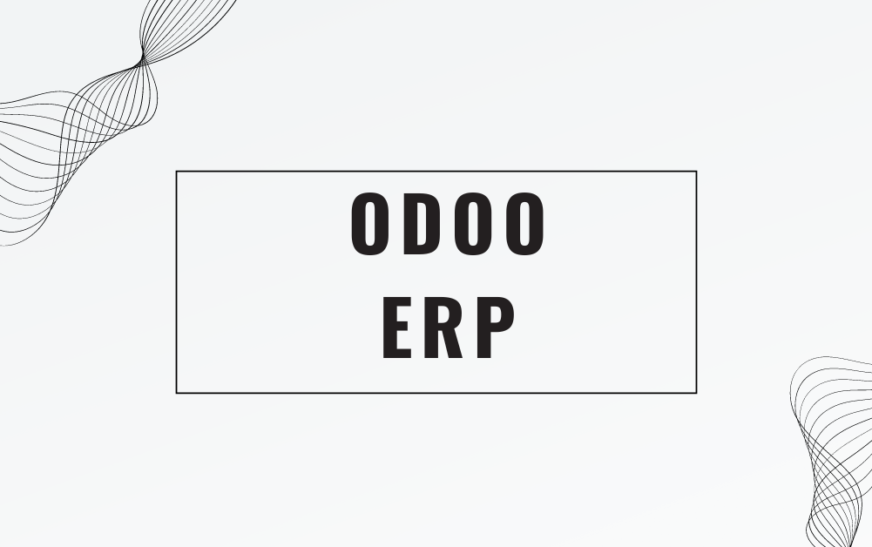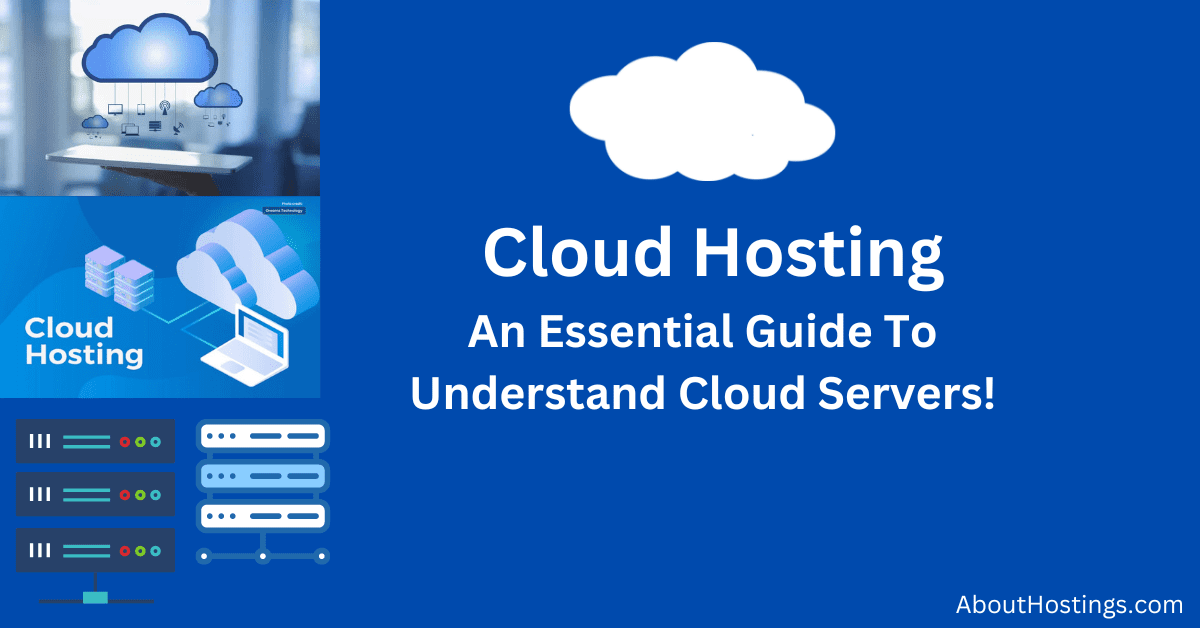Table of Content
Introduction
In the contemporary business landscape, efficiency and streamlined operations are paramount to success. Enterprise Resource Planning (ERP) systems play a crucial role in helping organizations achieve these goals by integrating various business processes into a single unified system. Among the myriad of ERP solutions available, Odoo stands out due to its comprehensive suite of applications, modular architecture, and user-friendly interface. This essay delves into the origins, features, advantages, and impact of Odoo ERP, highlighting its transformative role in modern business operations.
The Genesis of Odoo
Odoo, formerly known as OpenERP and before that TinyERP, was founded in 2005 by Fabien Pinckaers in Belgium. Initially conceived as an open-source ERP solution, Odoo aimed to provide small and medium-sized enterprises (SMEs) with the tools necessary to manage their operations effectively. The open-source nature of Odoo allowed it to quickly gain traction, as businesses could customize the software to fit their specific needs without incurring significant costs.
The rebranding to Odoo in 2014 marked a significant milestone in the company’s evolution. The new name reflected the broadening scope of the software, which had grown to include a vast array of applications beyond traditional ERP functionalities. Today, Odoo offers over 30 main applications that cover everything from sales and CRM to inventory management and human resources, with thousands of additional community-developed apps available.
Core Features of Odoo ERP
Odoo extensions enhance the functionality of your ERP system. Odoo’s comprehensive suite of applications is designed to cater to every aspect of business operations. Some of the core features include:
1. Sales and CRM
Odoo’s sales and CRM modules help businesses manage their sales pipeline, track customer interactions, and automate follow-up activities. Features like quotation management, sales order processing, and customer segmentation enable sales teams to operate more efficiently and close deals faster.
2. Inventory Management
The inventory module offers real-time tracking of stock levels, automated replenishment, and detailed reporting. This ensures that businesses can maintain optimal inventory levels, reduce waste, and improve overall supply chain efficiency.
3. Accounting and Finance
Odoo’s accounting module simplifies financial management by offering tools for invoicing, expense tracking, bank reconciliation, and financial reporting. Integrated with other modules, it ensures that financial data is always up-to-date and accurate.
4. Human Resources
The HR module streamlines employee management processes, including recruitment, attendance tracking, payroll, and performance evaluations. This helps HR departments to manage their workforce more effectively and foster a productive work environment.
5. Manufacturing
Odoo’s manufacturing module supports production planning, work order management, and quality control. It enables manufacturers to optimize their production processes, reduce downtime, and ensure the consistent quality of their products.
6. Project Management
The project management module allows businesses to plan, execute, and monitor projects from start to finish. Features like task assignment, time tracking, and project reporting help teams stay organized and meet deadlines.
7. E-commerce and Website
Odoo’s e-commerce module provides a platform for businesses to create and manage online stores. Integrated with inventory and accounting, it ensures a seamless flow of information between online sales and backend operations.
8. Marketing Automation
The marketing automation module helps businesses design and execute targeted marketing campaigns. Features like email marketing, social media integration, and lead scoring enable marketers to reach their audience effectively and measure the impact of their campaigns.
The Future of Odoo ERP
As businesses continue to evolve and embrace digital transformation, the role of ERP systems like Odoo will become increasingly important. Hire dedicated Odoo developers to customize and integrate Odoo ERP for your business.
Advantages of Odoo ERP
Odoo’s widespread adoption can be attributed to several key advantages that set it apart from other ERP solutions:
1. Modularity
One of Odoo’s most significant strengths is its modular architecture. Businesses can start with the core applications they need and gradually add more modules as their requirements grow. This flexibility allows companies to tailor the system to their specific needs without overwhelming them with unnecessary features.
2. Integration
Odoo’s seamless integration between different modules ensures that data flows smoothly across the entire system. This eliminates the need for multiple standalone applications and reduces the risk of data silos, ensuring that all departments have access to accurate and up-to-date information.
3. Customization
As an open-source platform, Odoo offers unparalleled customization options. Businesses can modify the source code to create bespoke solutions that align perfectly with their processes. Additionally, the Odoo community has developed thousands of modules and apps that extend the functionality of the core system.
4. User-Friendly Interface
Odoo’s intuitive and modern interface makes it easy for users to navigate the system and perform their tasks efficiently. The consistent design across different modules ensures a smooth user experience, reducing the learning curve for new users.
5. Cost-Effectiveness
Compared to traditional ERP systems, Odoo offers a more affordable solution, especially for SMEs. The open-source version is free to use, and businesses only need to pay for the modules they require. This makes Odoo an attractive option for companies looking to implement an ERP system without a significant upfront investment. Odoo hosting ensures your ERP system runs smoothly and efficiently.
6. Scalability
Odoo is designed to grow with businesses. Its modular architecture and robust performance capabilities ensure that the system can handle increased data volumes and more complex processes as the company expands.
7. Community Support
The vibrant Odoo community plays a crucial role in the software’s development and support. Community members contribute to the development of new modules, share best practices, and provide support through forums and online resources. This collaborative environment ensures that Odoo remains up-to-date with the latest industry trends and user needs.
Implementation and Integration of Odoo ERP
Implementing an ERP system is a critical undertaking that requires careful planning and execution. Odoo offers a structured implementation methodology to help businesses transition smoothly to the new system. The implementation process typically involves several key steps:
1. Needs Assessment
The first step in the implementation process is to conduct a thorough needs assessment. This involves understanding the business’s current processes, identifying pain points, and defining the specific requirements for the new ERP system. By clearly outlining the goals and objectives of the implementation, businesses can ensure that the new system addresses their needs effectively.
2. System Configuration
Once the needs assessment is complete, the next step is to configure the Odoo system to align with the business’s requirements. This involves selecting the appropriate modules, setting up workflows, and customizing the system as needed. Odoo’s flexibility allows businesses to tailor the system to their specific processes, ensuring a perfect fit.
3. Data Migration
Migrating data from legacy systems to the new ERP system is a critical step in the implementation process. This involves extracting data from existing systems, cleaning and validating the data, and importing it into Odoo. Ensuring data accuracy and integrity during this process is essential to avoid disruptions and ensure a smooth transition.
4. Training and Change Management
Training employees to use the new system effectively is a crucial aspect of the implementation process. Odoo provides comprehensive training resources to help users get up to speed quickly. Additionally, effective change management practices are essential to address any resistance to the new system and ensure a smooth transition.
5. Testing and Validation
Before going live, it is important to thoroughly test the new system to identify and resolve any issues. This involves conducting functional tests, performance tests, and user acceptance tests to ensure that the system meets the business’s requirements and performs as expected.
6. Go-Live and Support
Once testing is complete, the system is ready to go live. During this phase, it is important to provide adequate support to users to address any issues that may arise. Odoo offers various support options, including online resources, community forums, and professional support ODOO services , to ensure a smooth transition.
Integrating Odoo with other business systems and applications is another critical aspect of the implementation process. Odoo’s open architecture and extensive API support make it easy to integrate with a wide range of third-party applications, including e-commerce platforms, payment gateways, and logistics providers. This ensures that businesses can create a seamless ecosystem that supports their entire operation.
Case Studies: Successful Implementations of Odoo ERP
The success of Odoo ERP is evident in the numerous case studies of businesses that have implemented the system to transform their operations. Here are a few examples:
1. Toyota
Toyota, one of the world’s leading automotive manufacturers, implemented Odoo to streamline its spare parts distribution processes. By leveraging Odoo’s inventory and sales modules, Toyota was able to improve stock management, reduce lead times, and enhance customer satisfaction. The integration of Odoo with Toyota’s existing systems ensured a smooth flow of information and optimized the overall supply chain.
2. Danone
Danone, a global leader in the food and beverage industry, implemented Odoo to manage its manufacturing and supply chain processes. Odoo’s manufacturing and inventory modules enabled Danone to optimize production planning, reduce waste, and improve product quality. The real-time visibility into inventory levels and production status provided by Odoo helped Danone to make informed decisions and improve overall efficiency.
3. Miele
Miele, a renowned manufacturer of high-end domestic appliances, implemented Odoo to streamline its e-commerce operations. By integrating Odoo with its online store, Miele was able to automate order processing, improve inventory management, and enhance customer experience. The seamless integration between Odoo’s e-commerce, inventory, and accounting modules ensured a smooth flow of information and optimized the entire order-to-cash process.
4. La Poste
La Poste, the French postal service, implemented Odoo to manage its HR and payroll processes. Odoo’s HR module provided La Poste with a comprehensive solution for employee management, including recruitment, attendance tracking, and performance evaluations. The integration of Odoo with La Poste’s existing systems ensured accurate and timely payroll processing, improving overall employee satisfaction.


























